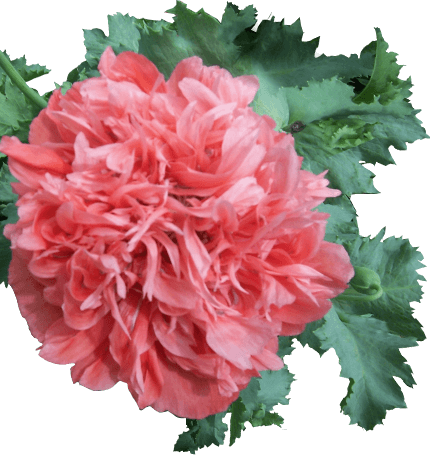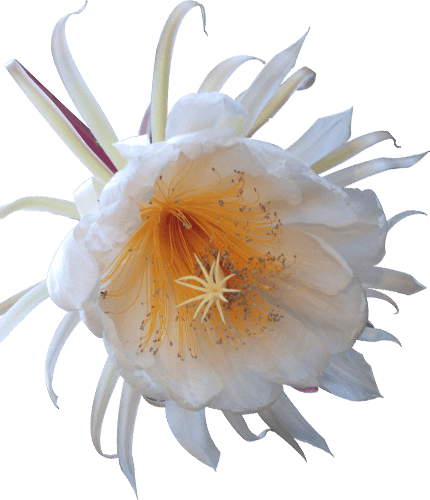
23 Nov 2021
Some Starters in Gamification of Learning in a Botanic Garden Context
Mak Djukic
Education Coordinator, Botanic Gardens of South Australia
Just last week I painfully heard someone describe cultural institutions and their educators as the “arbiters of culture and knowledge” and I died inside, just a little bit.
There is no doubt we are experts in our fields, able to weave together elements of nature, botany, culture, history, and goofiness (I can’t resist a good joke or seven out in the field). Teachers need to be direct communicators, but also facilitators. We face an interconnected world, where children have a wealth of knowledge at their tap-dancing, texting fingers, and shortening attention spans. We need to balance a priority of having children ‘present’ when in nature, but also communicating some knowledge around the topic, while considering they may ingest information in new ways, for example wanting to do so in a game or simulation.
‘Gamification’ in education is about increasing student motivation and engagement in an experience, using game-like mechanics in a non-game context or setting, often using digital technologies. There are benefits to a gamified approach in education: we encourage experimentation and curiosity, individualised learning pitched to a child’s level of ability and interest, they can safely fail the task and re-try; but there are some limitations too, namely that not all learning can – or should – be gamified. If it is used without a clear purpose or curriculum link you face a distracting play session instead of an educational outcome.
I have had the fortune to have been tasked with designing and developing a mixed digital/visitation experience for school groups, on ‘Space Botany’. I am designing this with three ‘layers’ in mind: the ‘physical’ visitation and collections layer and engagement with it; the ‘digital’ layer which will augment the Collections via a gamified app; and the ‘curriculum’ layer with specific Achievement Standards to meet. I am using a resource management approach to the development of the experience, where students build a ‘base’ in the app, but bit by bit, they are locked from progressing their build until they interact with some physical locations in our Collection (based on the Australian Curriculum).Through this process I’ve learned more about Collections-based gamification, and I hope you might benefit from some of my initial learnings below!
So, what are some ideas to get you started with gamifying an experience in your botanic gardens?
- What outcomes do you want to achieve?
- Choose your outcome or curriculum link first – what are you trying to achieve?
- Then evaluate whether a facilitator could have kids connect with this learning via a game – considering gamification is a complement to your teaching style, not a replacement. Or is it best placed in a regular educational trail?
- How do you include your Collections?
- Reflect on your design – will students ignore the Collections and only use digital learning? Back to the drawing board!
- Do you involve a mix of Collection locations, and if so, how do children interact with this? Perhaps by scanning a QR code or answering a quiz in order to progress.
- What restrictions are you working with?
- Infrastructure: If you go and design an app or digital experience, just how much data is needed for it to be downloaded? Many people won’t download a 1GB file, and if you have no WiFi near your physical experience, it’s likely less. Consider where this experience will be accessed – perhaps pre-loaded on your set of ipads.
- What is feasible given your budget? If you have no budget, digital is off the table. How then can you use pen and paper, or other resources and restrictions, and create a gamified resource or trail?
- What will your gamified approach be?
- Find a game mechanic you would like to emulate. I looked to resource management games for my base building app. You might like to see the links below for more ideas, or a good Google of ‘gamification, education, game mechanics’.
- How do I begin designing the resource?
- If you want to avoid being the arbiter of knowledge, and help facilitate learning for the students, can you bring in some essential elements of Inquiry or Problem-Based Learning:
- Provide a problem in need of an answer that your experience provides
(e.g. How can plants save the world? Should we colonise the moon?) - Provide insufficient information – which leads to them seeking this out in the Collections.
- The problem should be authentic – that is, relevant to students, with real world connections.
- Let students take the lead, using the game or educator as a waypoint when needed. Sit back, enjoy your coffee, and prompt kids when needed but don’t ‘rescue’ them with the right answer.
- There should be some level of risk/reward:
- Many games at lower levels of complexity might feature a quiz needing a correct answer sourced from the physical landscape in order to progress
- Games at a higher level of complexity might require students to use game mechanics. An example of this is in the classic resource management PC game Sim City, where each module installed has a resource cost and benefit: it costs $X million dollars, but provides Y thousand population the player’s city.
- You might like to give a progress bar of some kind, or if students achieve at a certain level, they get a ‘Level Up’, or a brighter badge (kids love badges!)
- How do I evaluate the resource for its effectiveness?
- Consider your initial outcomes, the evaluation methods you will use to see if outcomes are met, if engagement was high, if any parts need reviewing. How do you allow for authentic student voice? For the educator’s feedback? For reviewing the resource for the next period or phase?
If you’d like to read more on gamification, and an explanation of different approaches and game mechanics read on:
- https://www.techuz.com/blog/what-is-gamification-a-detailed-guide-to-gamification-in-education-game-based-learning/
Features an explanation of core ideas, and some examples of gamified Learner Management Platforms like Khan Academy and Duolingo, both of which use game mechanics to progress learners.
If you want to design some badges for rewarding ‘gamers’:
- https://www.makebadg.es/#
Allows for simple badges that nearly any age can design. You might whip up some simple rewards, or the teacher may have students identify the Achievement Standards first, then have students design tiers of badges for how well they achieve that Achievement Standard.
By the end of your visit, they might have a proud sash or worksheet featuring a bunch of badges printed and clipped or magnetised. - https://www.canva.com/en_au/
allows for more creativity in designs, however be aware using any Premium resources incurs a fee. Otherwise it should be free!
Gamification is an excellent tool in the teaching toolbelt, but it does not replace being outdoors, and engaging with our Collections in a meaningful, sensory way. I hope this article has you considering where in your program you might revamp an old resource (saving the effort of writing a brand new resource from scratch!), or design something new for a trail, or perhaps a downloadable game or a gamified worksheet for educators to bring into the Garden. Feel free to reach out if you’re getting stuck for an idea – always happy to collaborate and ideate! Game on!
Mak Djukic
Education Coordinator, Botanic Gardens of South Australia

